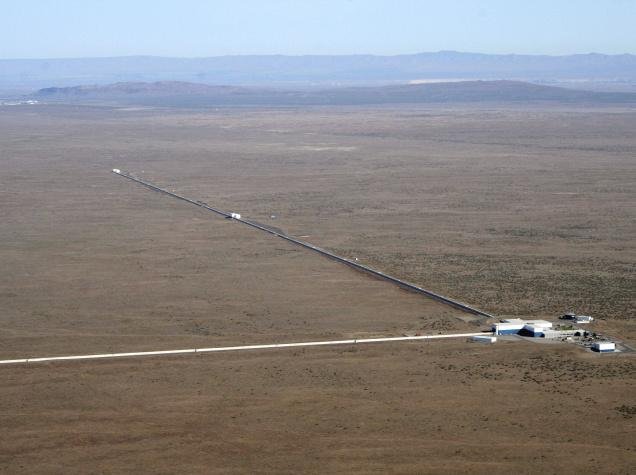It was an epoch-making event, when on 11 February 2016, the LIGO and VIRGO collaborations broke the news of first observation of a gravitational wave. The signal was code named GW15094 and it showed up just two days after the LIGO Detectors were upgraded.
Einstein’s Theory Finally Proved!
It also gave credence to the predictions of general relativity which envisages an inward and merger of a pair of black holes and finally the birth of a single black hole. It also proved the existence of binary black hole system and their merger to form a bigger single black hole.
Significant Indian Contribution In the LIGO project
It was a momentous occasion for the scientific community as a whole when Albert Einstein’s predictions about gravitational waves were confirmed and among that odd group of 1000 scientists around the world were 30 scientists from our country.
Ajith Parameshwaran, one of the members of the group, explained the whole concept, it was another momentous moment for 100 odd students at the Regional Science Center.
Mr. Parmeshwaran heads the Astrophysical Relativity Group at the International Centre for Theoretical Sciences under the Tata Institute of Fundamental Research (ICTS-TIFR) in Bangalore. He was in Kozhikode to deliver a series of lectures marking the centenary of the Albert Einstein. He and his seven-member team collaborated with LIGO project.

Indian LIGO In the Future
There is, even more, good news. The Union government has given its nod for the gravitational wave detector in India. The clearance was pending for more than five years. The Rs 1200 crore LIGO-India project will become operational in eight years and will also improve the level of accuracy and ability to detect new gravitational wave events.
Increased Vigilance of the Skies
All detectors are not operational at the same time, and the VIRGO detector in Italy was shut when the LIGO observatory made this path-breaking discovery. The addition of an Indian detector will greatly enhance the accuracy of the results and detect more events and far away signals. Today we can detect neutron stars which are 200 million light years away while Advanced LIGO and LIGO-India will increase the ability to detect stars as far as 600 million light years away.
India to make its mark in the Scientific World
Today only a few students from India were able to participate in the LIGO project. However when LIGO-India is ready, it will offer unique prospects for Indian industry and scientists from diverse fields to be actively involved in a scientific project of a scale never before seen in the country.





